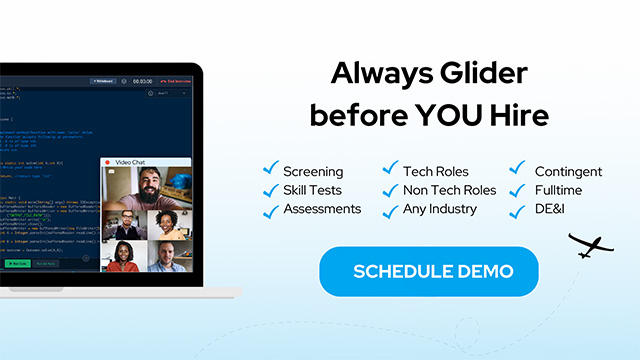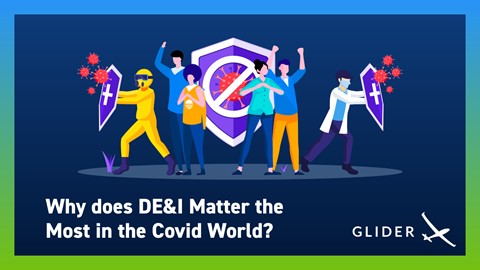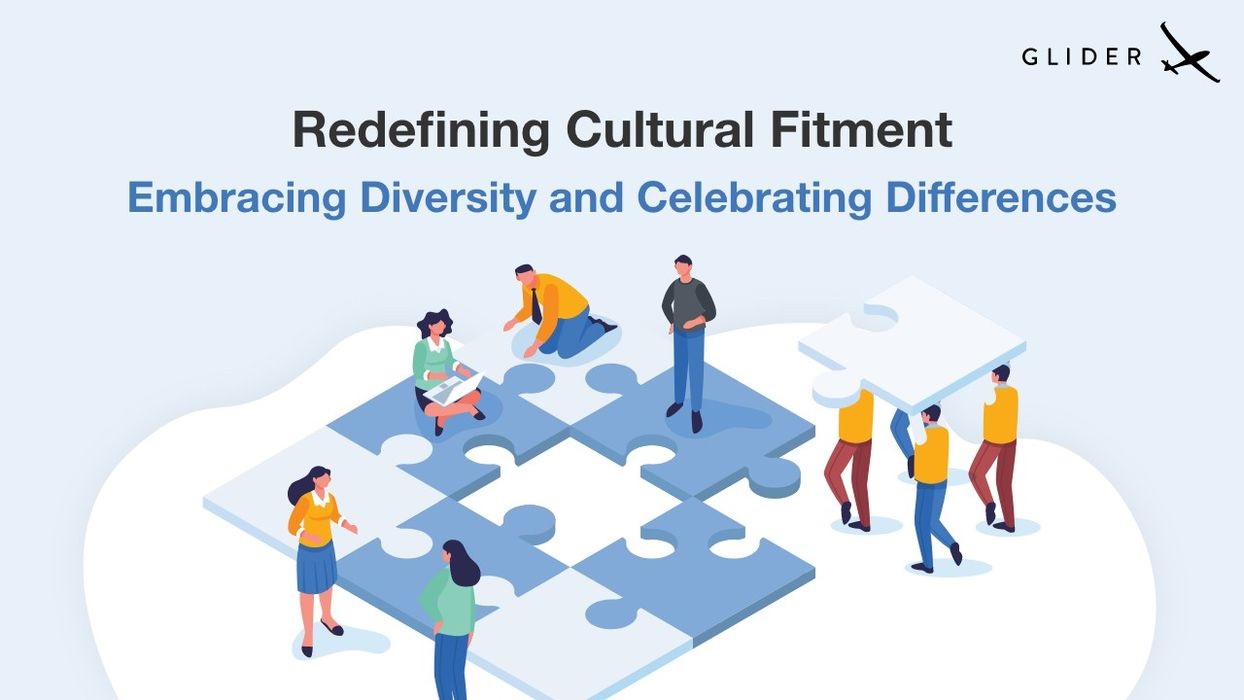
The concept of “Global Society” is slowly shaping up in practice. We’re finally seeing the contours of a different world altogether, if not in terms of transcending national boundaries, then at least in terms of prioritizing individual equality. We are on a good path, but there’s admittedly a long way ahead of us.
Homogenous business environments still present a huge obstacle though. Time after time, studies have shown that hiring for diversity leads to a better bottom line for companies. For every 10% increase in racial and ethnic diversity in the senior-executive team, earnings before interest and taxes rise 0.8% and that’s only a consequence of many other side effects.
Diversity broadens the range of knowledge, collective experiences and perspectives. 85% of global enterprises agree upon its crucial role in fostering innovation. Apart from creating equal opportunities, diversity also allows a better understanding of customers and it helps in boosting a company’s employer brand.
But where to begin, and what practices to implement?

It’s not all about gender, race, and ethnicity.
Diversity implies all-inclusiveness and it comes in all shapes and sizes. Before you start implementing any new practices, expand your definition so that it includes everything from educational background, social status, and political inclination to family status, gender expression, and sexual preference.
Will hiring for diversity require an overhaul of your entire company culture?
In the context of HR, yes. What we’re talking about here is not a complicated process, but it does imply a thorough restructuring of your current protocols for candidate attraction, selection, onboarding, and inclusion. More importantly, it implies a dramatic change of mindset, environment, and awareness.
A good way to start is by conducting an assessment of your current workplace and identifying diversity gaps within your organization. Audit your hiring process, and collect feedback from everyone involved in the hiring process, including rejected candidates. And then, set a realistic goal and establish a plan:

Don’t stick only to the pools you’re already familiar with.
Talent can be discovered in the most unlikely of places (the appropriate term is diamond in the rough), so encourage your recruiters to go an extra mile when searching for eligible candidates. Define the skills that you need, create ideal employee personas accordingly and approach them where they are.
Sure, education and experience guarantee better performance but is it really necessary to insist on them in job postings? These requirements can be needlessly off-putting and discourage promising candidates to apply for the job. Omit them from job postings and evaluate them later on if necessary.
Another thing to be careful about here is the language you use.
Words like “competitive” and “dominant” hardly describe a good female worker, even though they are the desired traits in male applicants. “Collaboration”, “passion” and “loyalty” should be more valued in a candidate, and these words are all equally neutral. Write postings that appeal to everyone.
An ideal employee persona will help you understand exactly what you’re looking for when it comes to skills. For the first phase of the hiring process, this is more than enough. When you screen candidates’ resumes by using this criteria only, it’s very easy to find the best cultural fit during the final assessment.
Some companies do this by removing the names and photographs from the CVs. This type of performance-based screening is called “blind hiring” and is very successful at eliminating bias. In this phase, turn the blind eye to education and experience and just let the expertise speak for itself instead.

In most cases, the interview is the first (and sometimes only) phase of the hiring process that’s conducted face to face, which makes it particularly prone to bias. Ensure objectivity of these steps:
We’ve already talked about the performance-based assessment when we were discussing the screening process, and the same rule applies here. Once you standardize interview questions so that they are equal for everyone who walks in the room, every risk of subjectivity will be nipped in the bud.
Perhaps even more importantly, a diverse interviewing panel has a better shot at staying neutral while questioning the candidates. Not only are women more likely to join a company with a women interviewer, for instance, but they are also more likely to show their confidence and ace the interview.
In addition to “blind hiring” that’s typically reserved for the screening process, companies that cherish diversity employ similar strategies during the final selection as well. In both phases, technology can be of major help. There’s a myriad of AI-based hiring tools at your disposal, all certain to remove bias.
In fact, artificial intelligence is already changing the hiring process as we know it:
The problem with bias is that it can be both conscious and unconscious. While the first is easy to detect and eliminate, the second is covert and dangerous enough to ruin both people’s careers and the company’s chances of creating a more diverse culture. Unlike people, AI looks only at facts and data.
Here at Glider, we offer a number of AI-powered hiring solutions:
Despite the fact that diverse teams outperform non-diverse teams by 35%, 57% of employees still believe that their companies could be more diverse. Hiring for diversity is not an easy process, but it delivers great benefits for both brands and society at large. With these steps, you’ll be on a good path.



